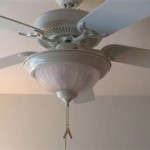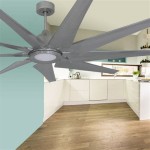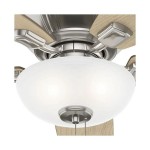Light Through Plaster Ceiling: A Unique and Creative Lighting Solution
Light through plaster ceilings, also known as "plaster light ceilings" or "traslucent plaster ceilings," is an innovative and captivating lighting technique that combines the beauty of plaster with the functionality of natural light. This technique has been gaining popularity in recent years, as architects and designers seek to create unique and inspiring spaces.
Plaster light ceilings are created by mixing a transparent or translucent material, such as glass or fiberglass, into the plaster mix. When the plaster is applied to the ceiling, it creates a thin, translucent layer that allows natural light to filter through. The result is a soft, diffused light that creates a warm and welcoming atmosphere.
Benefits of Light Through Plaster Ceilings
There are several benefits to using light through plaster ceilings, including:
- Natural light: Plaster light ceilings allow natural light to enter a space, which can have a positive impact on mood, productivity, and well-being.
- Energy efficiency: By using natural light, plaster light ceilings can help to reduce energy consumption and lower utility bills.
- Acoustic properties: Plaster has sound-absorbing properties, which can help to reduce noise levels in a space.
- Fire resistance: Plaster is a fire-resistant material, making it a safe choice for use in commercial and residential buildings.
Applications of Light Through Plaster Ceilings
Light through plaster ceilings can be used in a variety of applications, including:
- Residential homes: Plaster light ceilings can be used to create a warm and inviting atmosphere in living rooms, bedrooms, and kitchens.
- Commercial buildings: Plaster light ceilings can be used to create a professional and sophisticated atmosphere in offices, retail stores, and restaurants.
- Public spaces: Plaster light ceilings can be used to create a unique and memorable experience in museums, libraries, and other public spaces.
Design Considerations for Light Through Plaster Ceilings
When designing a light through plaster ceiling, there are several factors to consider, including:
- Translucent material: The type of translucent material used will affect the amount of light that passes through the ceiling. Clear glass will allow the most light to pass through, while fiberglass will provide a more diffused light.
- Thickness of the plaster: The thickness of the plaster will also affect the amount of light that passes through the ceiling. A thicker plaster will allow less light to pass through, while a thinner plaster will allow more light to pass through.
- Light source: The light source used behind the plaster ceiling will also affect the amount of light that passes through the ceiling. A bright light source will produce more light, while a dimmer light source will produce less light.
Conclusion
Light through plaster ceilings is a unique and creative lighting solution that can be used to create a variety of different atmospheres. By carefully considering the design factors, architects and designers can create stunning and inspiring spaces that are filled with natural light.

Useful Info About Plaster Ceiling Suria Renovation Works

Plaster In Profile For Wall And Ceilings

Plaster Ceiling Lighting Interior Design Renovation Contractors Renoeasi

Light Troughs Plaster Ceiling Supplier Malaysia Contractor

Promotion Leading Plaster Ceiling House Renovation And Office Services In Malaysia

Light Troughs Plaster Ceiling Supplier Malaysia Contractor

Why You Should Install A Plaster Ceiling Recommend My

Blog Plaster In Lighting A New Concept Slb

Linear Plaster Profile For Wall And Ceiling Uplighting Simple Curved With 50mm Projection

Uso Kap Ceiling Lamp By Flos
Related Posts








